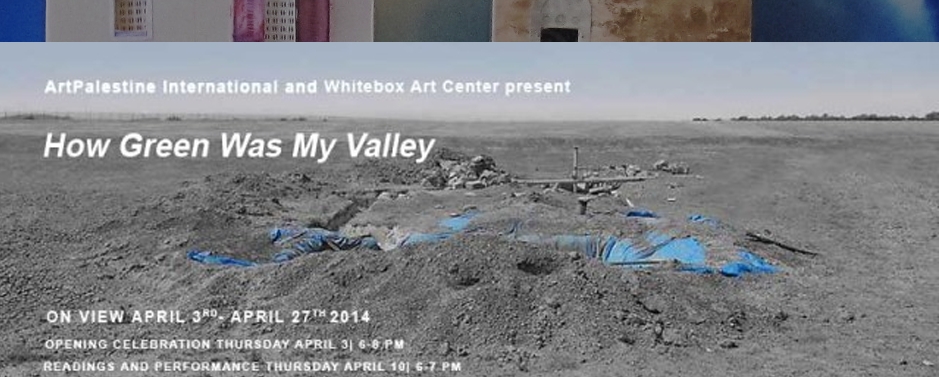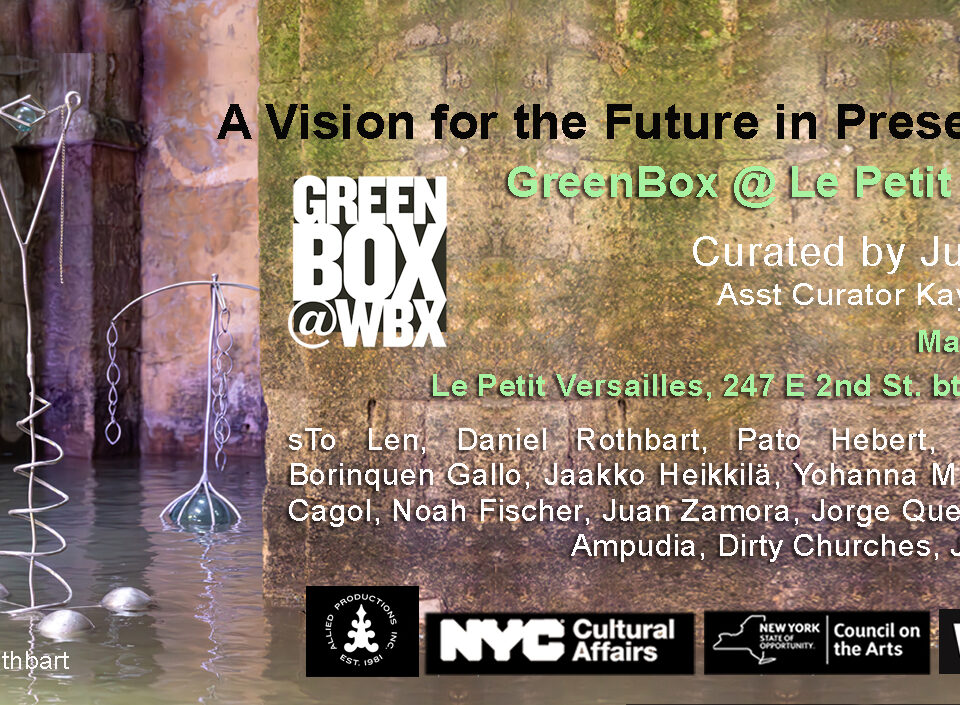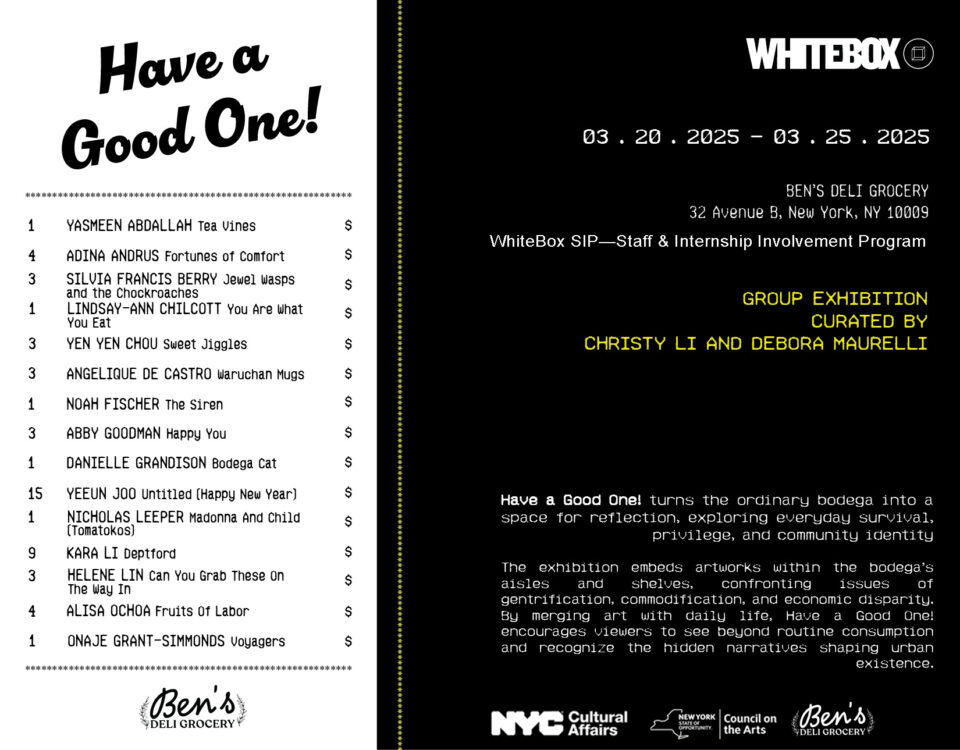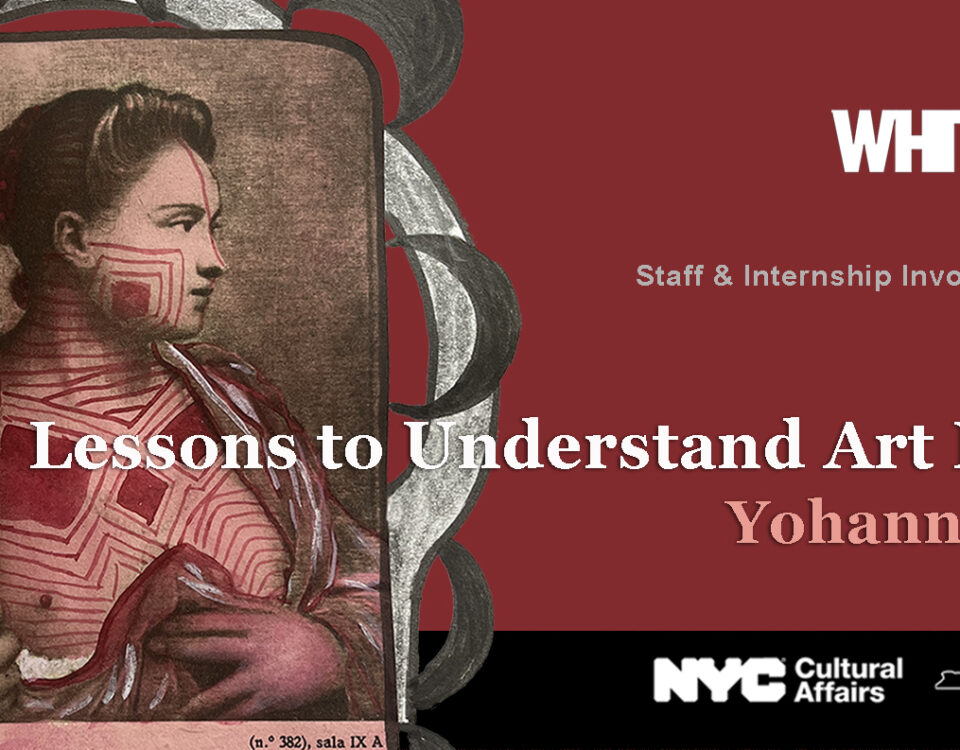Thank you from Whitebox Art Center
March 2, 2014How Green Was My Valley
April 3, 2014Presented by Art Palestine International and Whitebox Art Center
Curated by Mary Evangelista
April 3 – April 27, 2014
Thursday, April 3 @ 6-8PM | Opening Celebration
Friday, April 4 @ 7:30PM | Artist talk with Joseph Audeh, Samira Badran & Mary Tuma
Moderated by Dr. Raouf J. Halaby
Thursday, April 10 | 5-7:30PM | Readings by Samia Halaby and Alison Weir with guest performer Elias Wakeem
Participating Artists:
Mohamed Abusal
Tarek Al Ghoussein
Mohammed Al Hawajri
Joseph Audeh
Samira Badran
Taysir Batniji
Rana Bishara
Haitham Ennasr
Tanya Habjouqa
Wafa Hourani
Jeffar Khaldi
Mohammed Musallam
Larissa Sansour
Amer Shomali
Mary Tuma
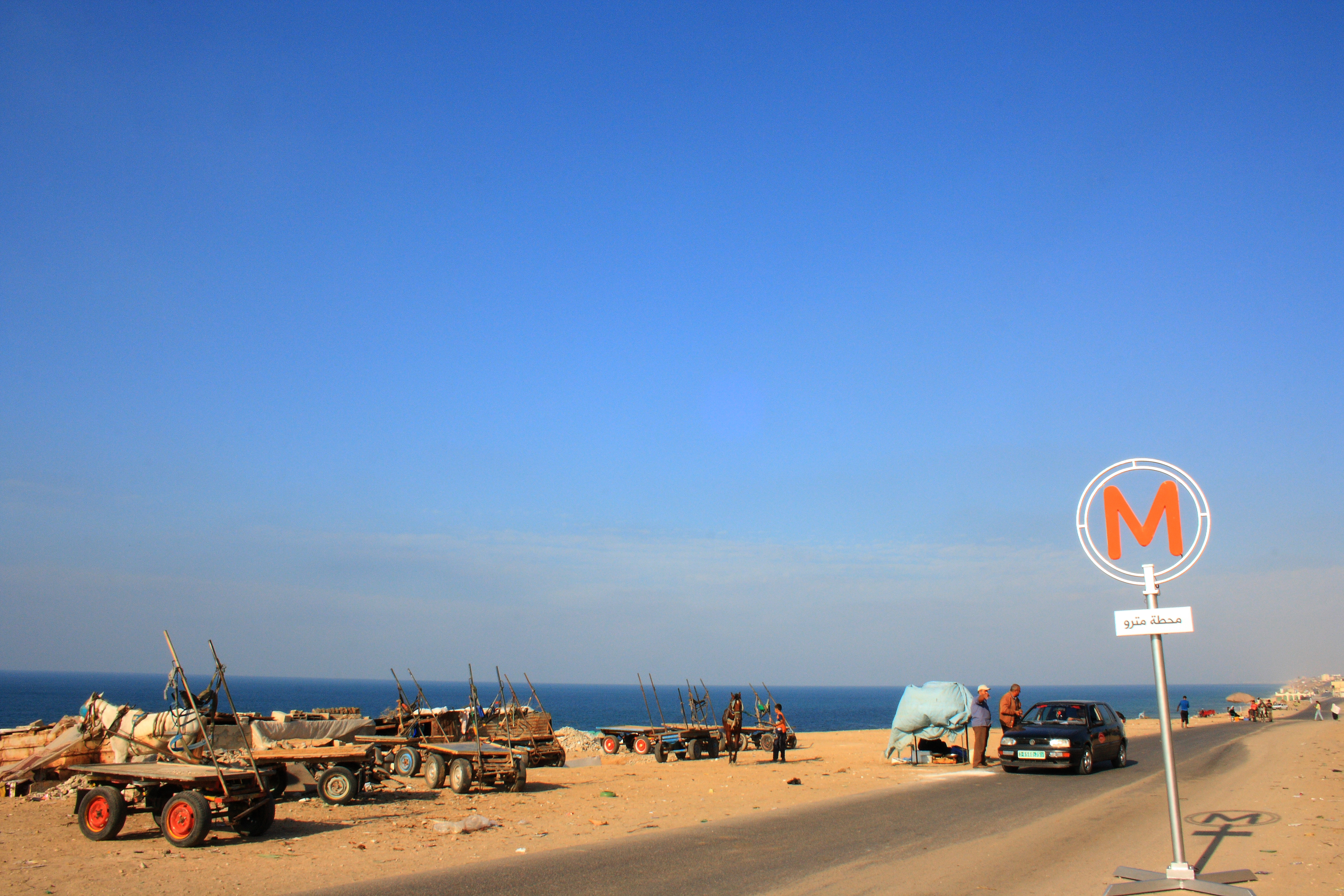
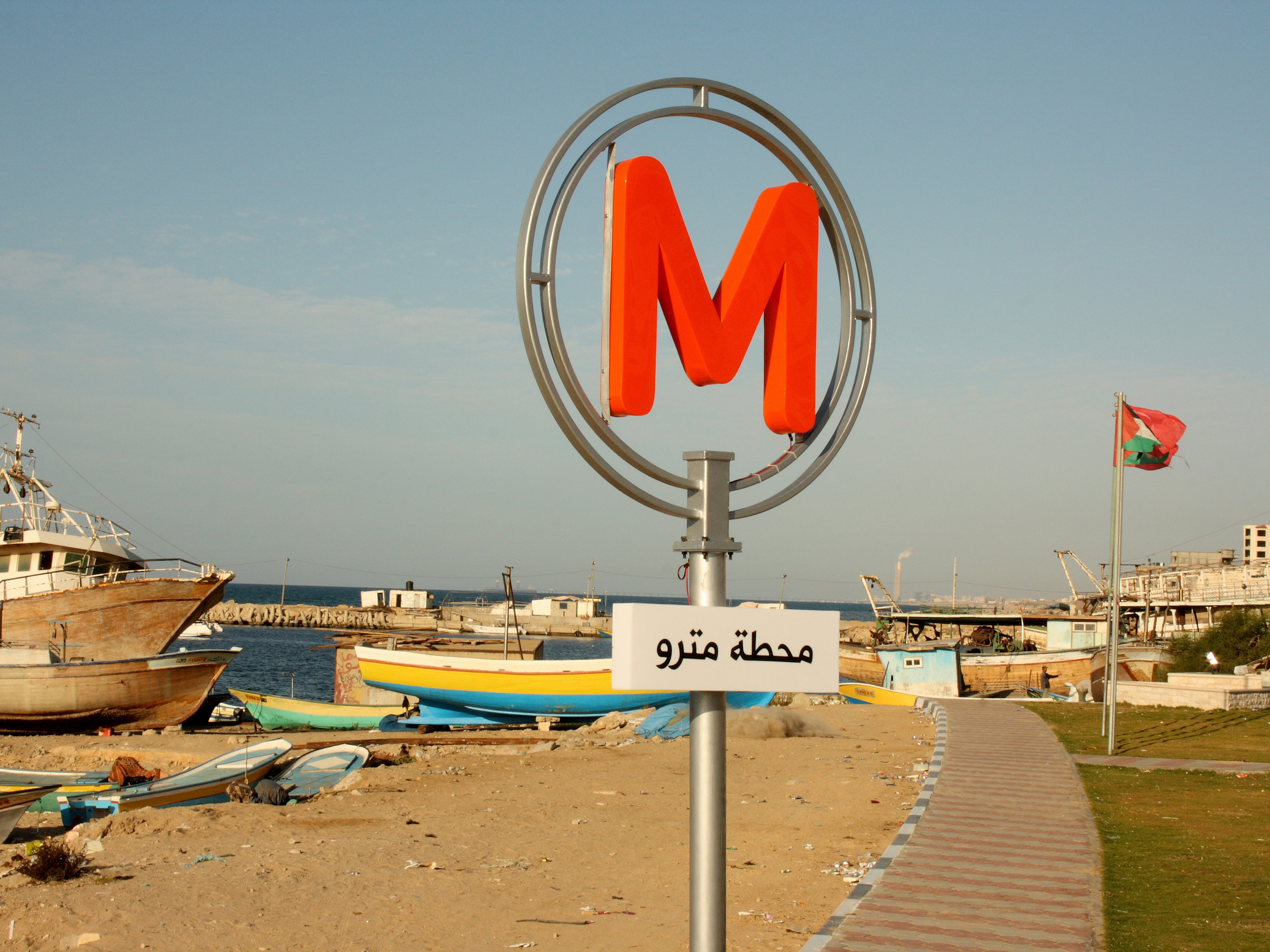
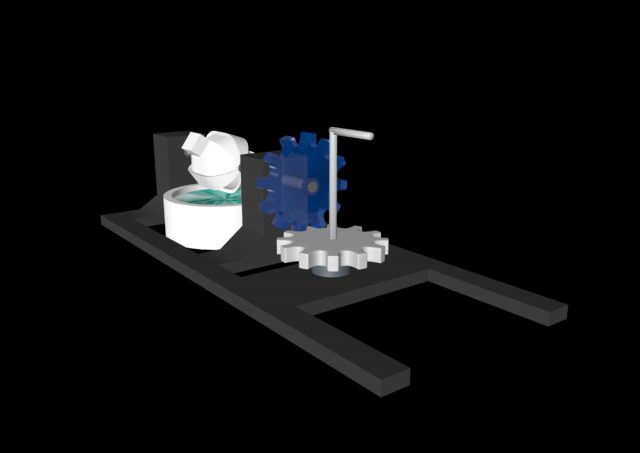
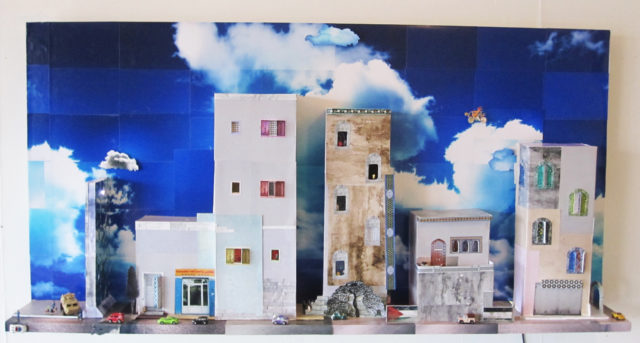
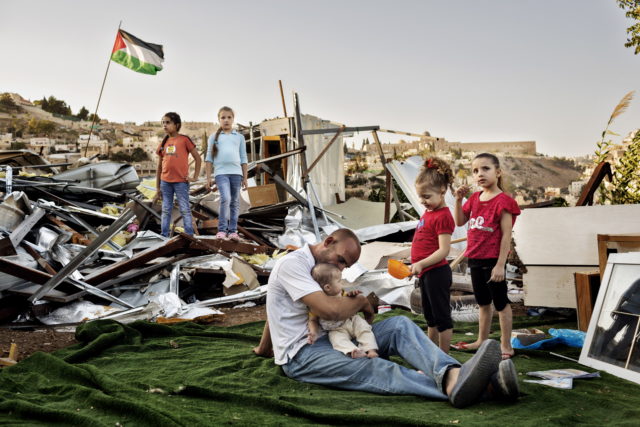
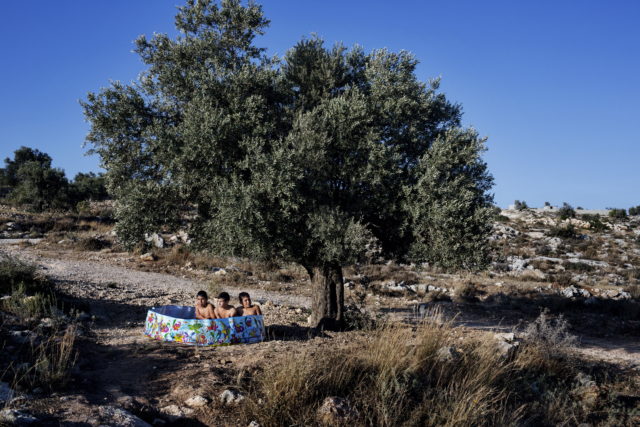
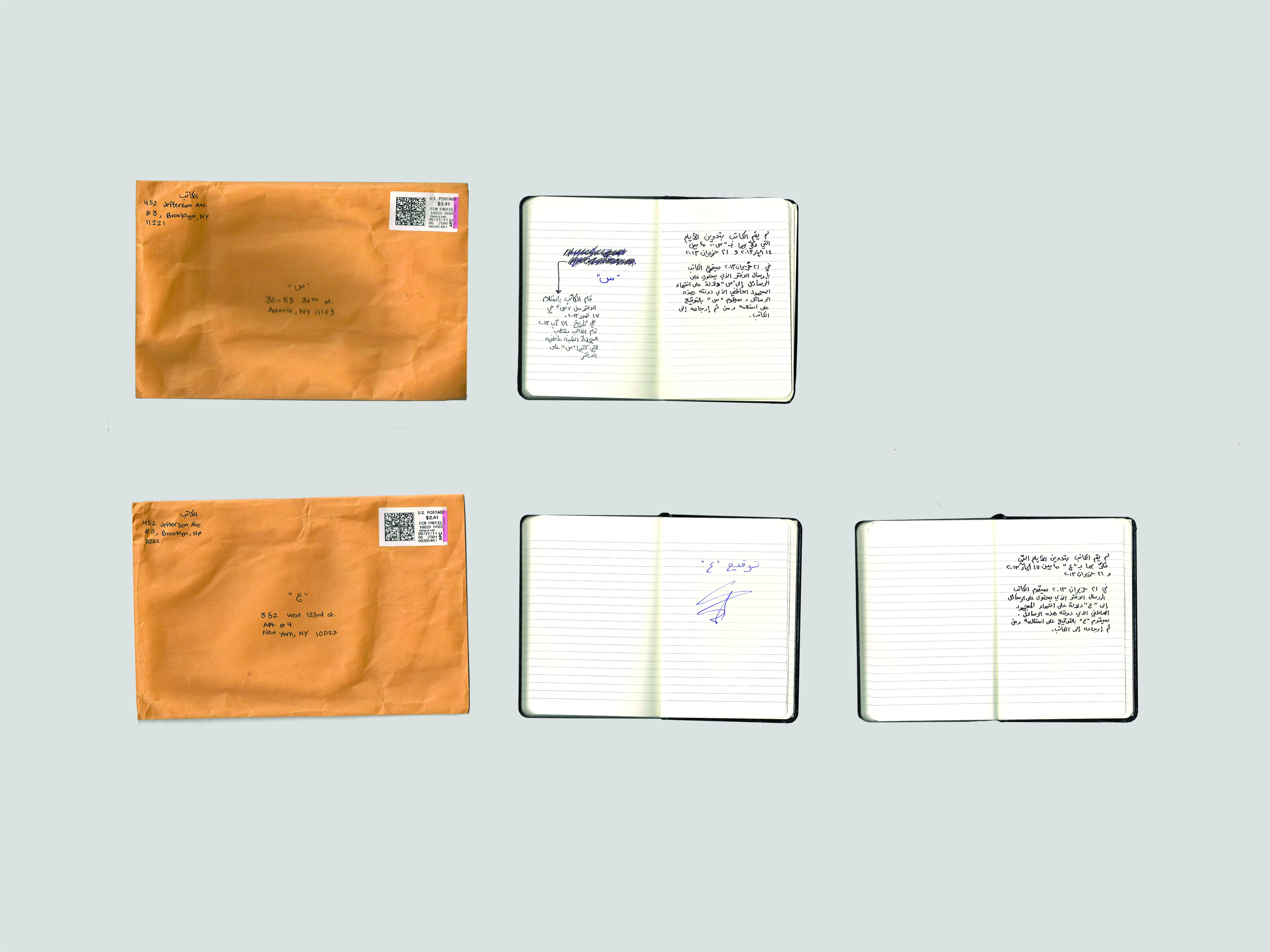
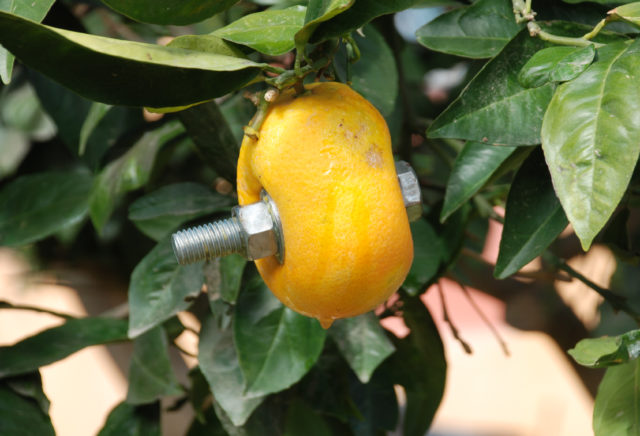
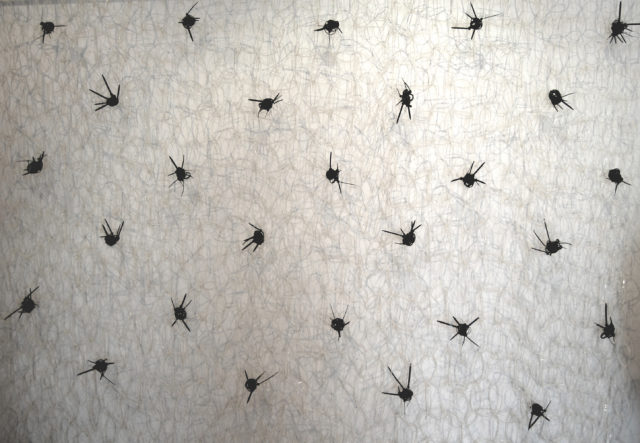
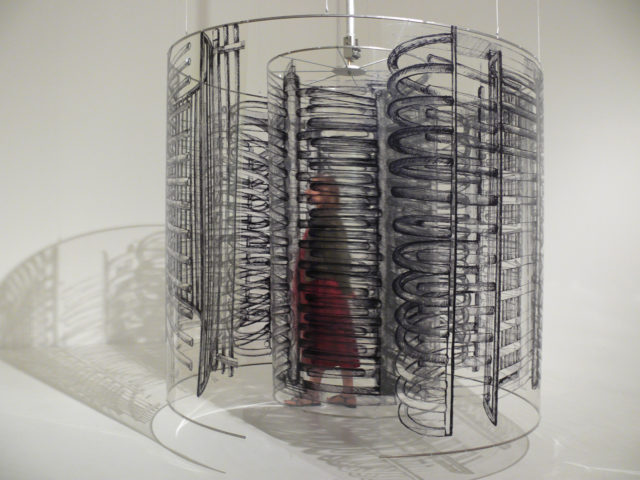
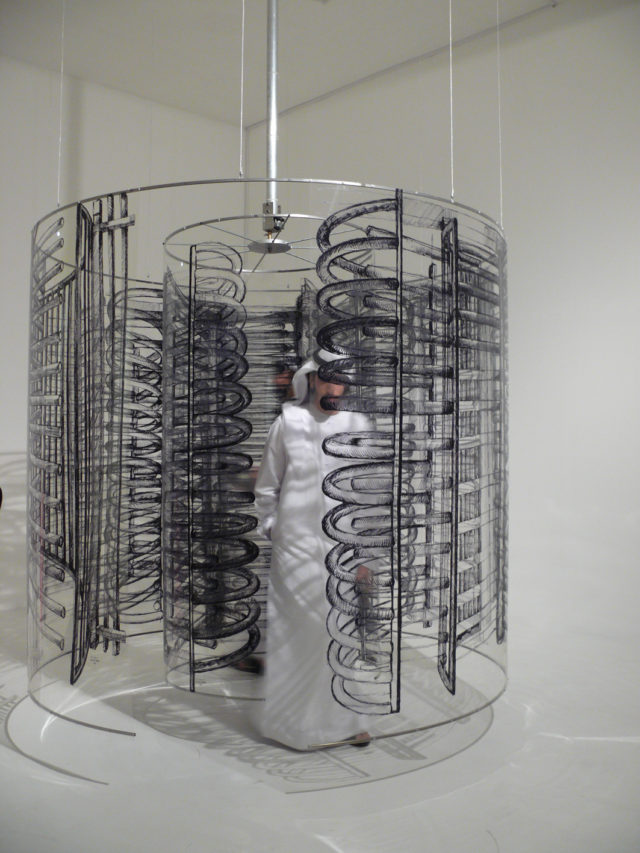
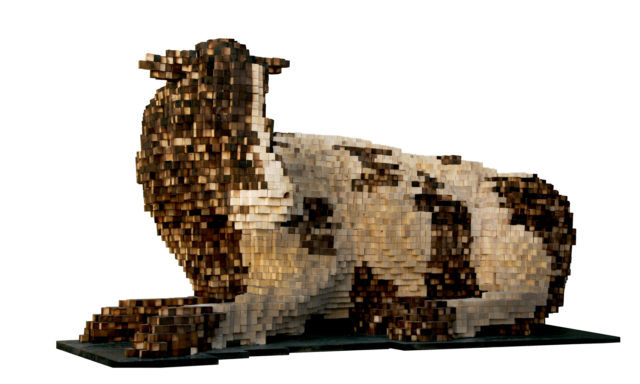
How Green was my Valley is an exhibition highlighting a new generation of artists who have been inspired by Palestine to develop new aesthetic visions and practices in the face of a decades-long occupation.
Palestinian art, whether produced in the occupied territories or in the diaspora, has become increasingly experimental. It engages international shifts that have merged contemporary art practices with eco-activism, urbanism, documentary filmmaking, and archival methods. How Green Was My Valley spotlights artists who are currently contributing to this expanding theoretical framework, while giving equal footing to those who evocatively utilize form to reflect what national poet Mahmoud Darwish referred to as an “incurable malady,” the persistence of Palestinian hope.
Employing photography, video, installation, and new media, the exhibition’s emerging and established artists explore issues of mobility and migration, depleted natural resources, and the political marginalization experienced through Palestine’s fragmented state. Although a central theme of How Green Was My Valley is a shrinking land that has been systematically broken apart over the past sixty-five years, many of the included works envision Ramallah, Jerusalem, Gaza, Hebron, and other Palestinian cities as dual sites of ruin and potential.
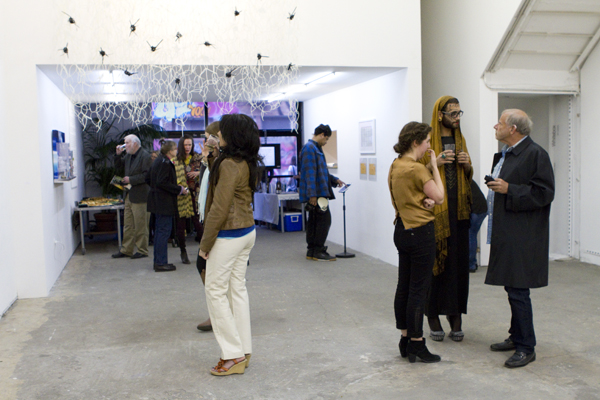
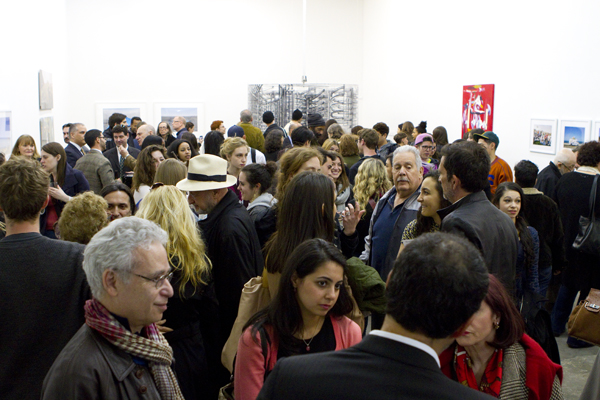
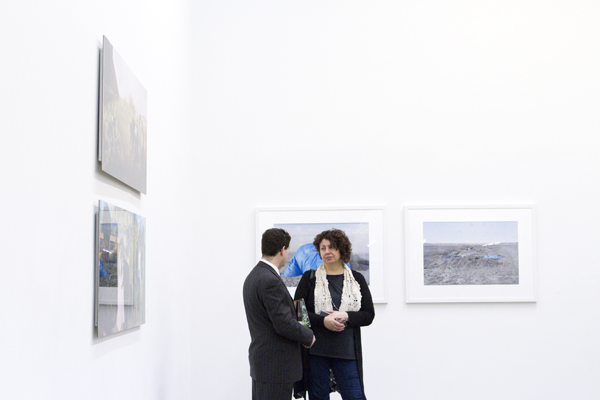
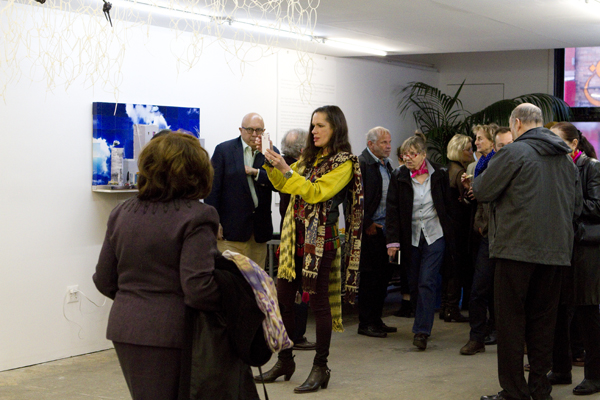
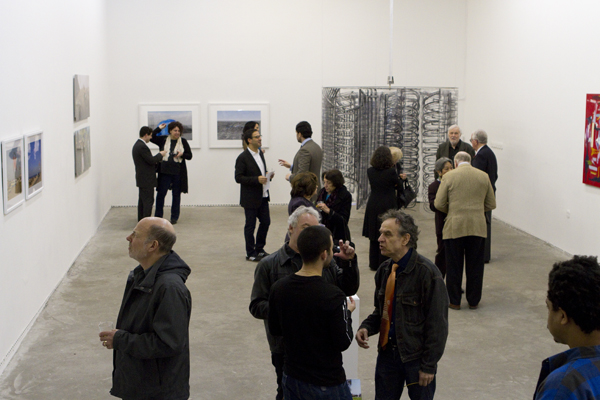
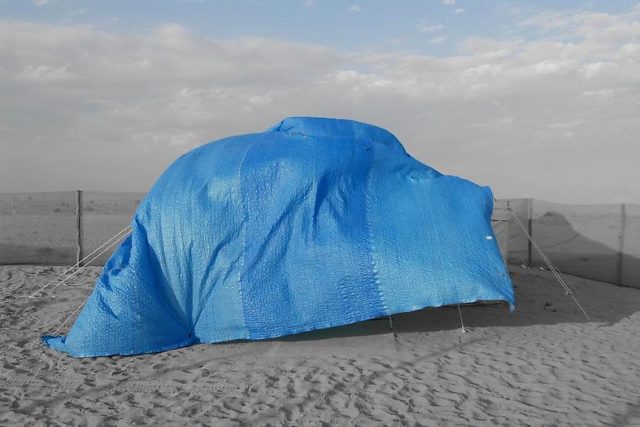
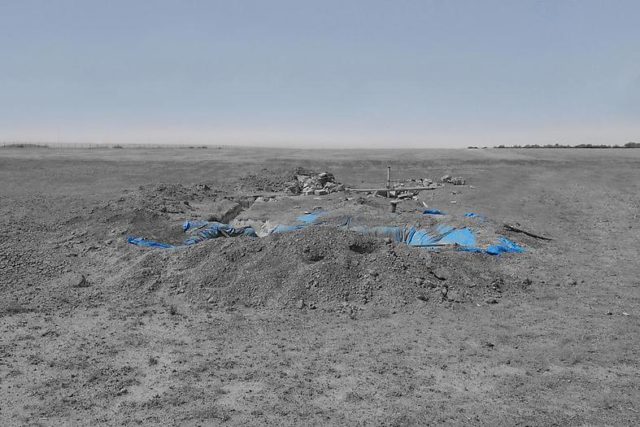
Tarek Al-Ghoussein uses his body as subject and large-format photography to document his experience of exile in the Gulf, as well as new visualized ideas of transience.
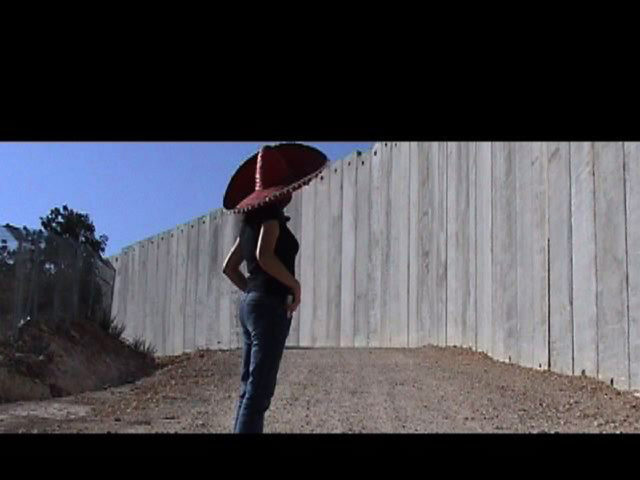
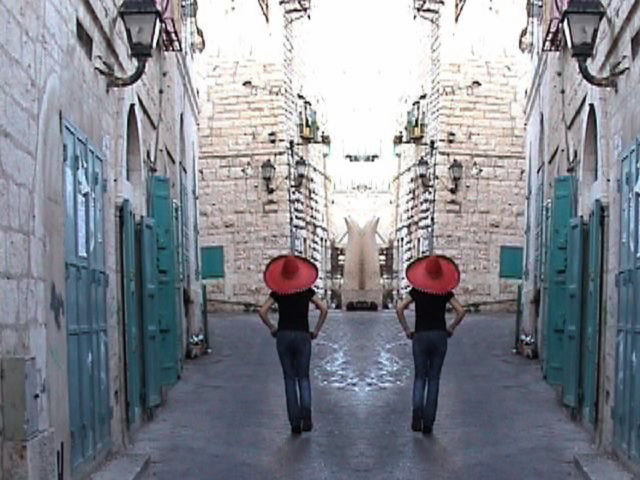
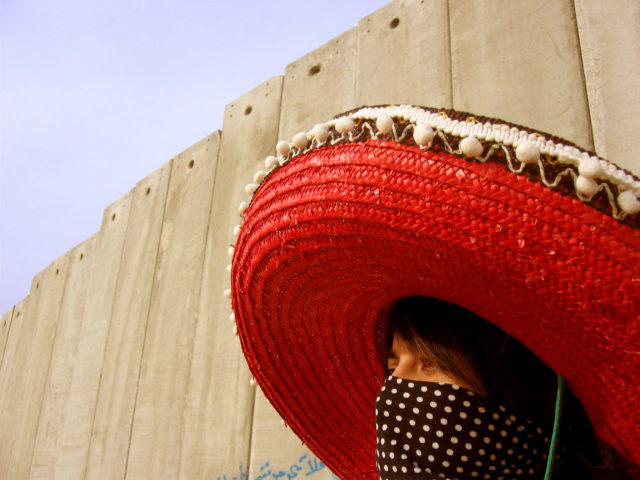
Larissa Sansour uses kitsch and humor in a video that features her as a Mexican gunslinger arriving to Bethlehem for a duel with the Israeli segregation wall. The editing of this piece was inspired by television sitcom’s effects from the seventies.
In Taysir Batniji’s Transit (2013), a clandestine video chronicle of voluntary and involuntary displacement is created using a series of still images paced by the sounds of the slide projector. Produced in the transit areas between Egypt and Gaza, Batniji’s stills betray the fundamentals of documentary photography with blurred figures, awkward angles, and moments of inaction. Located in the state-of-in-between that characterizes the many hours spent waiting for clearance to and from Gaza, the video is also semi-autobiographical, as the artist is both, an unauthorized video-maker and a suspended traveler.
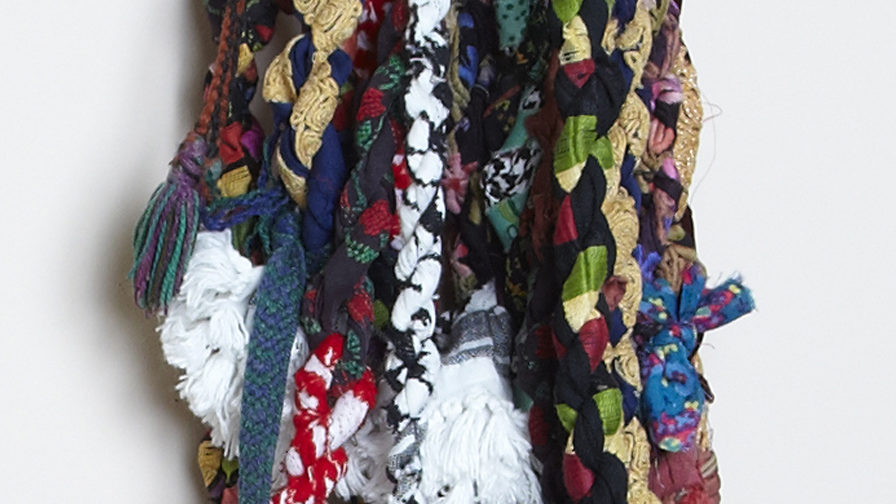
Mary Tuma’s Twisted Rope (2013) represents families and communities that have been divided by the building of Israel’s extensive “security wall.” Made out of old scraps of traditional Palestinian dresses, keffiyas, and other fabrics found on both sides of the barrier, Twisted Rope measures 60 feet in length, the amount needed to allow one person from each side to climb simultaneously as counter-weights and meet at the top. The twisted and interlinked scraps evince disrupted lives amidst a once-familiar landscape now cut from view.
Press
Art Asia Pacific, How Green Was My Valley?, by Nadia Al-issa
Counterpunch, Art Palestine International’s 2014 Exhibit, by Raouf J. Halaby
White Fungus, How Green Was My Valley?, Interview by Ron Hanson
Press Contact: press@whiteboxny.org
ArtPalestine Contact: joseph@artpalestine.org

